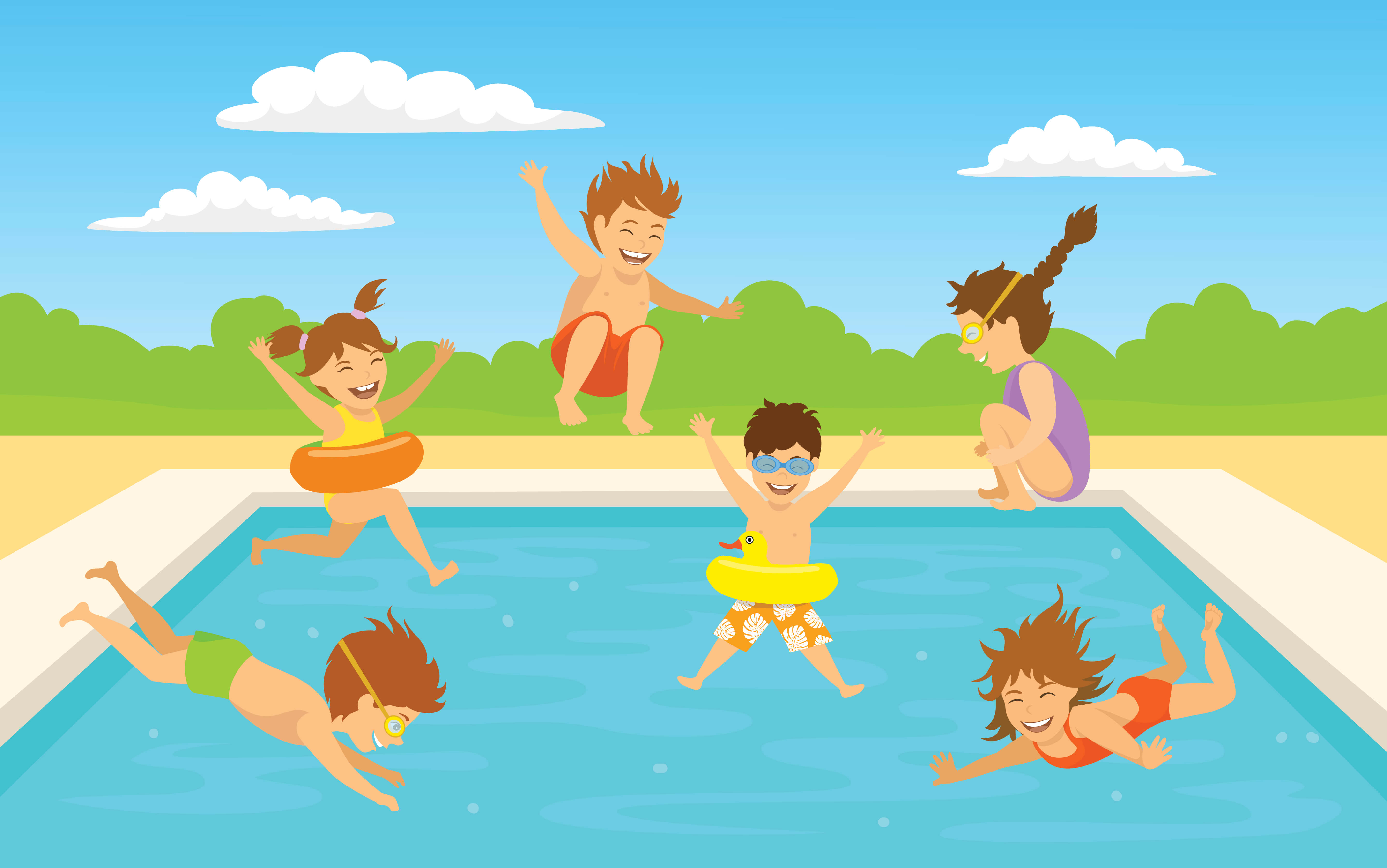
An unfenced pool…a defective safety equipment…an unattended child…these factors can spell the difference between life and death. Sadly, child pool accidents still occur. In Arizona and most states, young children are the most vulnerable to swimming pool hazards.
High Drowning Rate
When the U.S. Consumer Product Safety Commission (CPSC) recently published its report on pool and spa submersion incidents, it revealed a chilling truth. It included Arizona among the states with the highest rates of child pool accidents. Turns out, children below 15 years old are the usual victims of swimming injuries and fatalities. According to recent data, Arizona reports 1.42 drowning deaths per 100,000 residents. Compared to the national average of 1.31 per 100,000 people, this amplifies the need for stricter safety measures. Did you know that the vast majority of victims are children under 5? In fact, toddlers make up 75% of pool-related fatalities, with most incidents happening at home during the summer months. Sadly, if you check the recent news, prepare for the heartbreaking stories of kids who died all too soon.
Risks of Residential Pools
Just when you thought it would be safer to splash in the comfort of your own home, the numbers say otherwise. Despite numerous regulations, 87% of child drowning deaths still occur in backyard pools or hot tubs. Many of these homes either lack proper safety barriers or have gates left unlatched or open.
To prevent child pool accidents, Arizona law (A.R.S. § 36-1681) requires specific pool enclosures for residences with children under 6. Yet, enforcement is inconsistent. Moreover, some homeowners are unaware of their legal obligations and even ignore them altogether. Many homes still lack proper fencing or self-closing gates. A missing latch can make all the difference.
Lapses in Supervision
This one’s heartbreaking. Usually found in child drowning reports is the assumption that “someone else was watching.” But nearly 9 out of 10 child drownings in Arizona happen when supervision lapses, even briefly.
It’s not enough to be nearby. Supervising adults must maintain their eyes on, undistracted attention. A caregiver checking a text message or flipping burgers on the grill is all it takes for a tragedy to unfold.
In fact, the Arizona Department of Health Services (AZDHS) mentions in its injury prevention plan that, “Drowning is the leading cause of injury-related death for children ages 1-4.” Fatal child pool accidents occur when the little one goes unnoticed, even just for a few minutes. Simply put, if you cannot be fully present, better not let the kid swim alone in the water.
Lack of Swimming Skills
Many children (and even adults) overestimate their swimming ability. Hence, without formal instruction, they are less likely to react appropriately if they fall unexpectedly or tire quickly.
According to pediatric experts, swim lessons starting as early as age 1 can cut drowning risk by over 80%. Still, many Arizona families delay or skip swim classes, especially in lower-income communities with limited access to lessons.
Pool Hazards
Child pool accidents in Arizona can occur not just due to a lack of supervision or barriers, but also because of defective swimming devices and hidden pool hazards. Flotation aids like arm floaties or inflatable rings often give a false sense of security. Unfortunately, these are not industry-grade and can easily flip, deflate, or slip off. Poorly designed or mislabeled swim gear may confuse parents about how and when to use it. Therefore, if it looks so much like a toy, would you trust your kid’s life on a cheap plastic floatie?
In addition, older pools may harbor physical dangers such as the following:
- strong drain suction
- slippery surfaces
- broken ladders
- electrical faults
- excessive pool chemicals
All of these elements pose risks, especially for young children who are more vulnerable in and around the water. Even someone who knows how to swim may drown due to unsafe pool facilities.
Increased Pool Usage
Summer is the most dangerous time of the year for swimming. Ironically, it is the summer months when most child pool accidents occur. In Arizona, pool-related injuries and fatalities have become synonymous with the spike in temperatures. As the pools fill up with more children and adults in and around the water, the margin for error increases. Here are some scenarios that add to the risk:
Rough Play: With more kids playing and running around, slip and fall accidents are likely to occur. Moreover, it is also more difficult to notice a drowning child in an overcrowded swimming pool.
Distractions: Pool parties often involve loud music, which can reduce the likelihood of hearing when someone cries for help. Also, the adults who are meant to supervise children might be preoccupied with other activities. They could be multitasking while leaving the kids to entertain themselves in the pool.
Alcohol Use: Adult beverages may impair judgment and lessen a person’s reaction time. So, what happens if the person responsible for monitoring the kids is somewhat drunk? This can make him less capable of saving a child in danger. Impaired judgment or attention can lead adults to overlook a struggling swimmer. Worse, a drunk person may misjudge his own limits and may drown himself too.
If you or someone you know has experienced a pool-related injury due to someone else’s fault, you need to speak with a lawyer who understands Arizona’s premises liability laws. A swimming pool accident lawyer can help you understand your legal options, especially if safety regulations weren’t followed. But more than anything, awareness can help prevent these accidents before they happen. After all, no one should lose a child to something so preventable.


